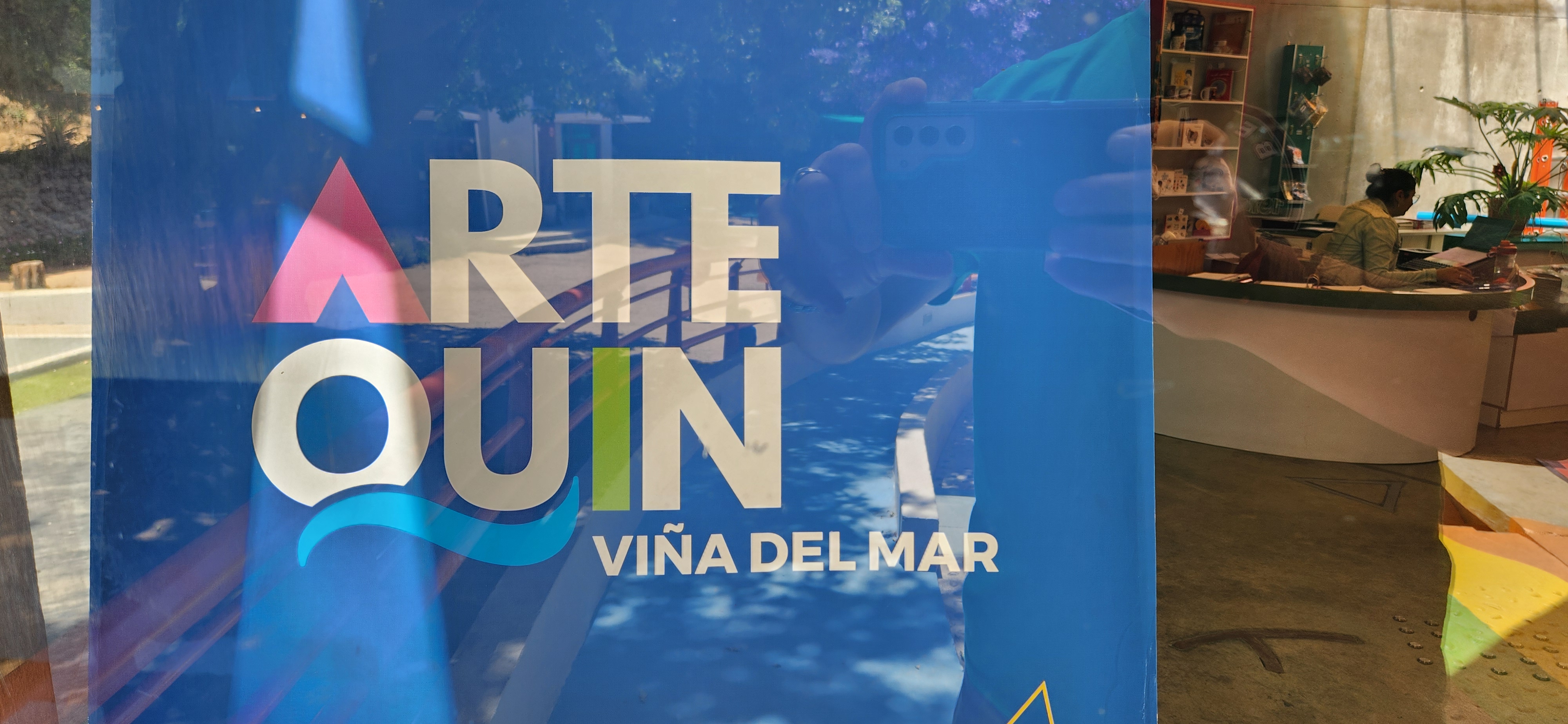Ben, our Maasai guide who wore a colobus monkey fur hat, was very informative as he gave us a tour of his community. As we walked up to the the circular enclosure, Ben asked us where we are from and was so excited when we said the US. He said that Obama came to visit their village when he was a US Senator and provided some money to set up a school for the larger community - this had a large impact on their village!
Here is a group working to educate Maasai girls http://maasaigirlseducation.org/
Each village has a circular fence made of thorny branches to keep out the wild animals (remember, this is right on the Mara where we've been seeing all the animals!) Once inside the enclosure we saw maybe a dozen huts around the perimeter. When the cattle and other livestock aren't out grazing, they all come in the enclosure for safety (and yes - we had to watch out for evidence of them! see photo below). We learned that the women build the mud huts, and he showed us the age old practice intertwined with some newer, modern materials to strengthen the huts.
Then, we were invited inside one of the huts. It was larger than expected - it had a main room with a fire (after a small entry way) and then had 3 bedrooms off of the main room - for the parents (and babies), older kids, and then 1 for guests. We sat around the fire while he talked about the inside of the hut. Two women were doing their thing - one woman even had a baby strapped to her back and she was washing dishes in a large bowl by the fire. They even had a solar light inside that helped illuminate the dark space - they said the introduction of solar lights was really helpful in their village! They continued to keep a fire burning because it also keeps bugs away.
Here's a link to an article about a company expanding solar lights into Maasai communities https://mpowerd.com/.../bringing-clean-water-solar-lights...
Once we re-emerged out into the open, the men of the village wanted to show off their fire-making skills. The rubbed some sticks together and then used elephant dung as an accelerant (see video). The fire is used as a signal to others outside of the enclosure that visitors are here, so the group gradually got bigger! The Maasai villagers wanted to share some traditional dances and chants with us - they started with a welcome song, then did the "high jumping dance" and Jason was invited to join in. They typically do the high jumps to woo women (the higher the jump the more of an eligible bachelor he is). The women did a dance as well, and included me (although I don't have photos of it), and finally we all did a train around the enclosure to bless the community and our travels. It was fun to take part in these age old traditions!
Image

At the end, the women set up a little market for us to browse through their amazing handmade goods - we picked up some leather bookmarks painted with animals for the kids and thanked our hosts for a wonderful experience!
On our way back into Masai Mara National Reserve, Kifa took a different route so I could visit a toilet he knew about at another gate - this allowed us to go through a town, which the villagers had referred to as a "city" - it's where they go to get their supplies for making mud huts, and other needed items. It was sort of a central place for many Maasai villages in that area. We saw a lot of goats and sheep on the streets as we worked our way to the other gate. It was worth the detour and opened our eyes to another way to live in Kenya (somewhere between traditional village and city life like we saw in Nairobi). There were shops, cafes (even a sign painted Hard Rock Cafe for a night club), and more.
Then we entered back into the Mara, so stay tuned for the Beautiful Five coming up...
PS - that evening back at our camp, one of the Maasai was doing a presentation about his people, so we learned even more! We really enjoyed his nightly lectures on different topics. You can read more about Maasai at https://www.africancraftsmarket.com/.../maasai-people.html
- Log in to post comments
























